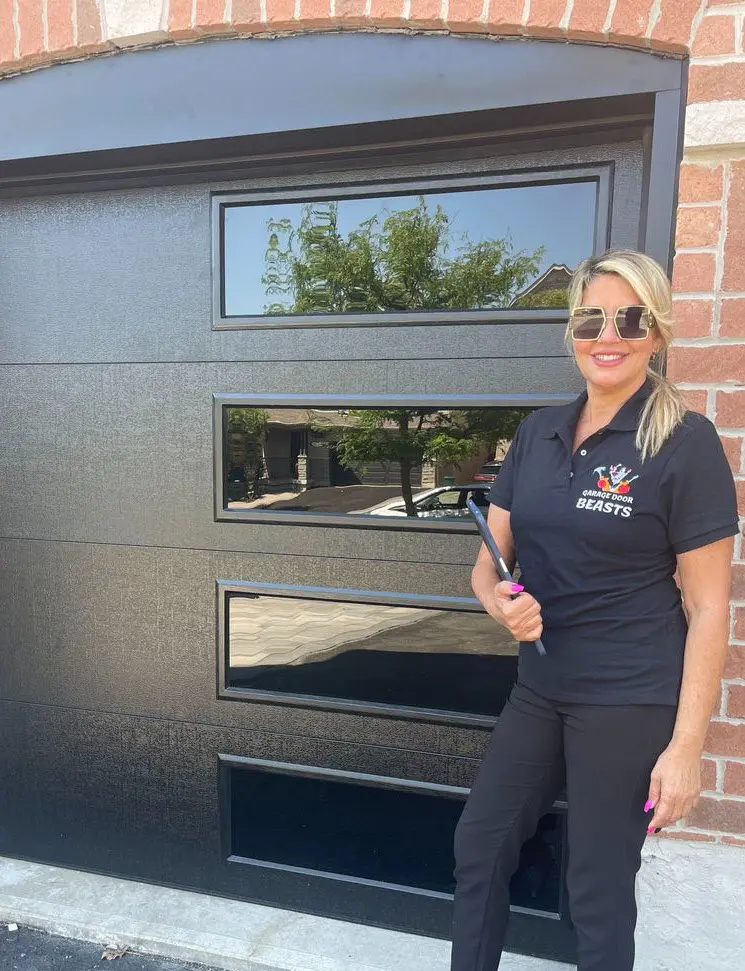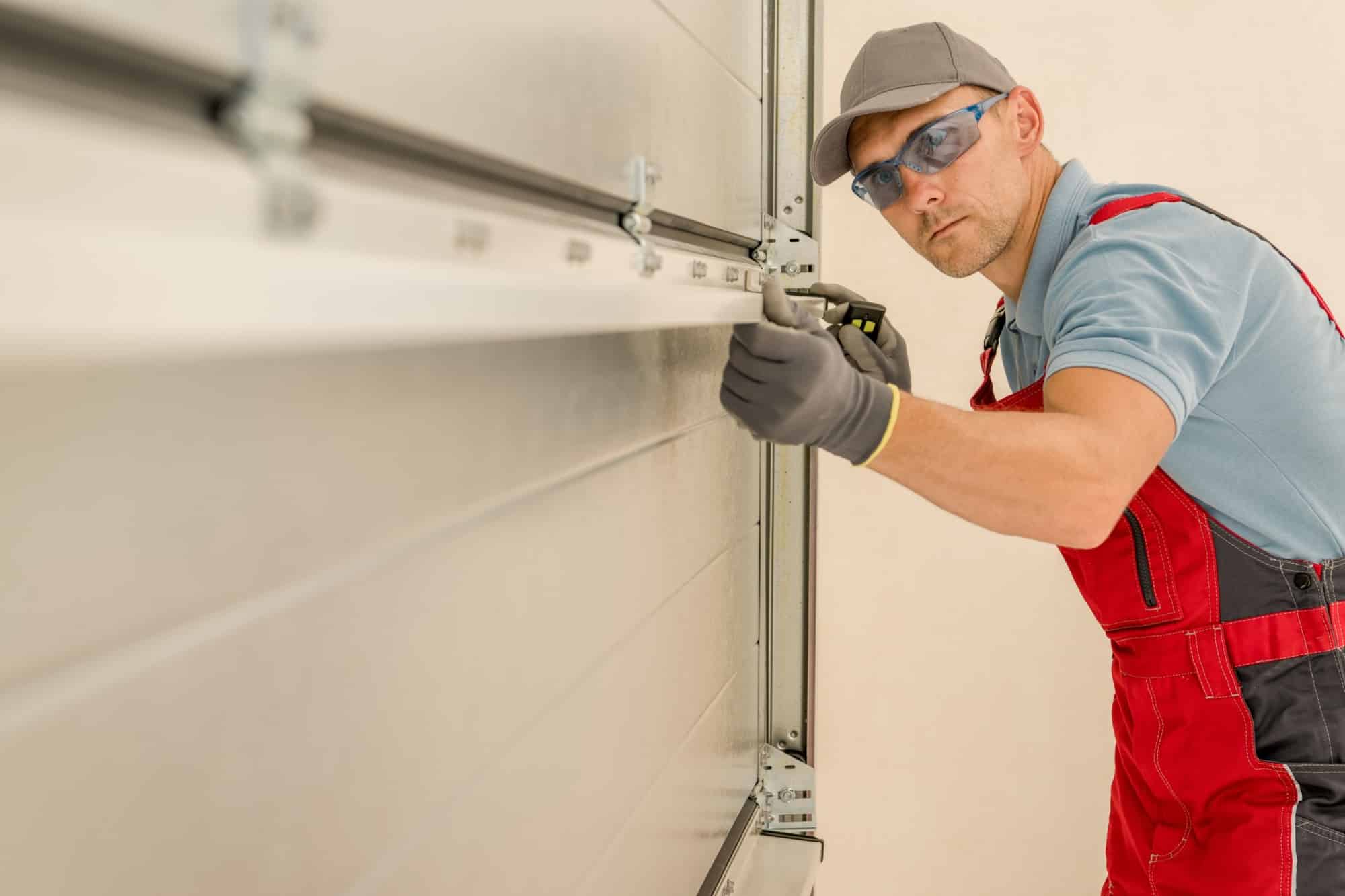Is aluminum a good fit for your garage doors nanaimo? Here’s what to know
Is aluminum a good fit for your garage doors nanaimo? Here’s what to know
Blog Article
Typical Problems and Solutions for Homeowners With Garage Doors
As a house owner, you may face a number of typical garage door problems that can disrupt your day-to-day routine. Let's check out the most frequent garage door problems and exactly how you can tackle them properly.
Malfunctioning Garage Door Openers
When your garage door opener starts acting up, it can be frustrating, specifically if you count on it daily. You might find that it doesn't react to your remote or the door opens up and closes unevenly. If that's not the issue, examine the opener's power resource.
Do not hesitate to consult your customer manual for repairing tips details to your model, or take into consideration calling a professional if the trouble lingers. Taking these steps can assist recover your garage door's functionality in no time.
Misaligned Garage Door Tracks
If your garage door isn't opening up or shutting efficiently, misaligned tracks may be the perpetrator. Typical causes include wear and tear or accidental bumps that disrupt the placement. Taking care of these track problems can recover your door's feature and keep it running securely.
Causes of Imbalance
Imbalance of garage door tracks can occur for numerous reasons, commonly leading to frustrating functional concerns. If your garage door gets bumped or hit, that influence can misalign the tracks. Determining these causes can aid you understand why your garage door isn't operating efficiently.
Repairing Track Concerns
Taking care of track issues with misaligned garage doors calls for a cautious strategy to assure smooth operation. Test the garage door's procedure to confirm it opens and closes smoothly. Regular upkeep will help avoid future track problems and keep your garage door working effectively.
Broken Springs
When your garage door all of a sudden declines to open up or close, it's commonly because of damaged springtimes. These springs birth the weight of the door, making it very easy for you to lift or reduce it. If they snap, you'll discover that your door really feels hefty or will not budge whatsoever.
To confirm the problem, aesthetically evaluate the springtimes for voids or breaks. If you believe they're damaged, do not attempt to fix them on your own, as they're under high tension and can cause injury. Instead, call a professional that can safely change the springs.
Normal upkeep can assist prevent spring failing, so watch on their condition and lube them periodically. If you're experiencing regular spring troubles, take into consideration upgrading to higher-quality springs that can withstand even more damage. This positive method can save you time and money in the future, guaranteeing your garage door operates efficiently.
Noisy Garage Doors
After dealing with concerns like busted springs, you might discover one more common problem: loud garage doors. If your garage door squeals, rattles, or groans, it can be rather annoying, specifically if it's disrupting your peace. The sound usually originates from worn-out rollers, loose hardware, or lack of lubrication.
Start by examining the rollers and hinges. If they're filthy or damaged, cleaning or replacing them can greatly lower sound. Next, check for loosened screws or screws; tightening them can get rid of rattling noises. Do not fail to remember to lube the moving get rid of a silicone-based spray or garage door lube. This will help reduce rubbing and sound.
If your door still seems like a dinosaur, take into consideration speaking with a professional. Normal upkeep can avoid noisy garage doors and lengthen their life-span, ensuring you enjoy a quieter, smoother procedure.
Garage Door Remote Issues
Lots of property owners experience frustration with garage door remote concerns at some time. If your remote isn't functioning, the primary step is to check the batteries. Weak or dead batteries are often the offenders. Replace them and see if that fixes the problem. If the remote still will not function, attempt reprogramming it. Consult your garage door opener handbook for details guidelines.
Sometimes, disturbance from various other electronic devices can affect your remote. Look for any kind of close-by gadgets that may be causing a signal disruption. If that doesn't aid, check the remote for physical damages, like splits or busted switches.
Another usual problem is range; you could simply be like it too much from the garage door. Make certain you're within variety when trying to operate it. If all else falls short, think about contacting a specialist for aid. They can diagnose and fix any kind of underlying troubles with your garage door system.
Weather Stripping Problems
If you notice drafts, water leakages, or enhanced power bills, your garage door's weather condition stripping could be worn. Comprehending exactly how to detect signs of wear and understanding installation tips can assist you keep a proper seal - garage doors nanaimo. When it's time for a substitute, you'll have lots of choices to choose from
Indications of Use
As you utilize your garage door over time, the weather condition stripping can start to show indications of wear, which is important to attend to. If you see the removing is fragile or tearing away from the door, it's time to take action. You may additionally discover that your garage door does not seal correctly, leading to enhanced energy expenses or pest issues.
Installation Tips
When you observe wear on your garage door's weather condition stripping, resolving the installment can make a substantial difference. Verify you have the ideal type of weather stripping for your garage door. By paying attention to these details, you'll improve your garage door's insulation and secure your home from the elements.
Replacement Options
While you may have installed your garage door's weather condition removing properly, wear and tear can still lead to troubles that demand replacement. Step your door's measurements accurately to guarantee a correct fit, and select self-adhesive strips for very easy installation. Regularly checking and replacing climate removing not only enhances your garage's energy performance but likewise shields it from damages.
Sensor Malfunctions

Beginning by examining find out the sensor alignment. Ensure both sensors deal with each other and are degree. If they're not, readjust them till they are. Next off, tidy the sensor lenses with a more info here soft towel to remove any dirt or debris that might obstruct their sight.
If the sensors show up intact however the door still will not close, it could be time to change them. With a little troubleshooting, you can usually settle sensing unit problems and obtain your garage door working smoothly once again.
Regularly Asked Concerns
Just how Frequently Should I Maintain My Garage Door System?
You must preserve your garage door system a minimum of twice a year. Normal look for wear, lubrication of moving parts, and adjusting the tracks can keep it functioning smoothly and extend its life expectancy considerably.
Can I Install a Garage Door Myself?
Yes, you can mount a garage door yourself, however it requires careful preparation and the right devices. See to it you comply with the supplier's guidelines carefully and think about safety and security precautions to prevent accidents during installation.
What Is the Typical Lifespan of a Garage Door?
The average life expectancy of a garage door is typically 15 to three decades, depending on products and upkeep. If you care for it well, you can maximize its long life and appreciate reliable efficiency.

How Do I Select the Right Garage Door?
When you pick the ideal garage door, consider products, style, and insulation. Think of your home's style, budget, and upkeep requirements. Don't forget to check regional policies and energy performance scores for perfect performance.
Exist Energy-Efficient Garage Door Options Available?
Yes, there are energy-efficient garage door options offered. You can select insulated doors, which help maintain your garage's temperature level, or look for models with a high R-value to improve power effectiveness and lower power expenses.
Report this page